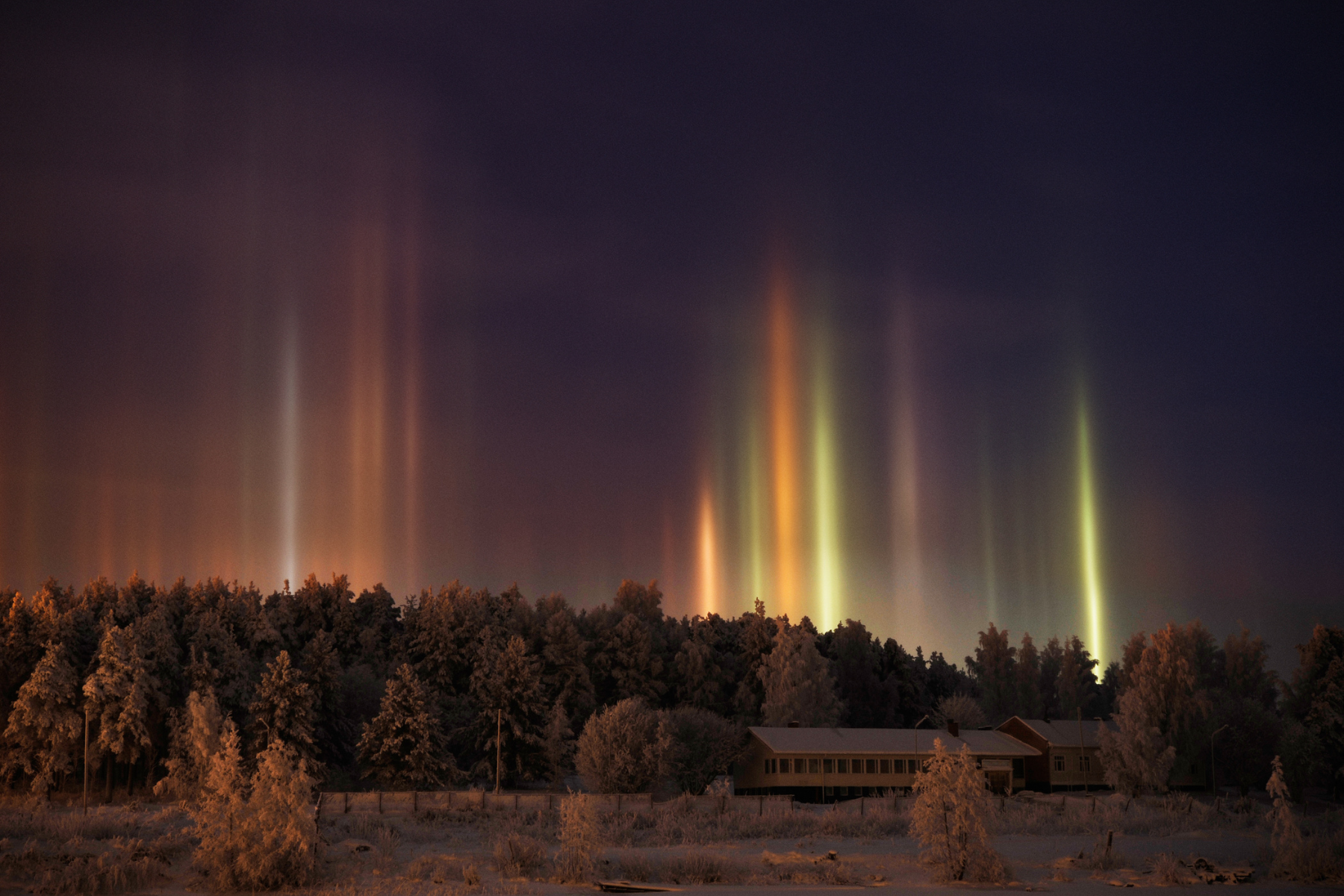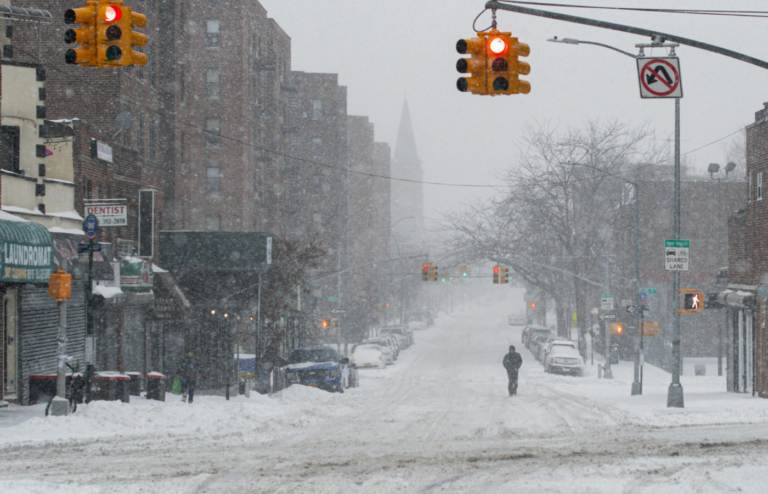Throughout history, various atmospheric and astronomical phenomena have been misinterpreted as signs of extraterrestrial activity. These natural occurrences, while sometimes rare and spectacular, have logical explanations rooted in science. Here are ten notable weather events that have been mistaken for alien encounters:
1. Lenticular Clouds Resembling Flying Saucers
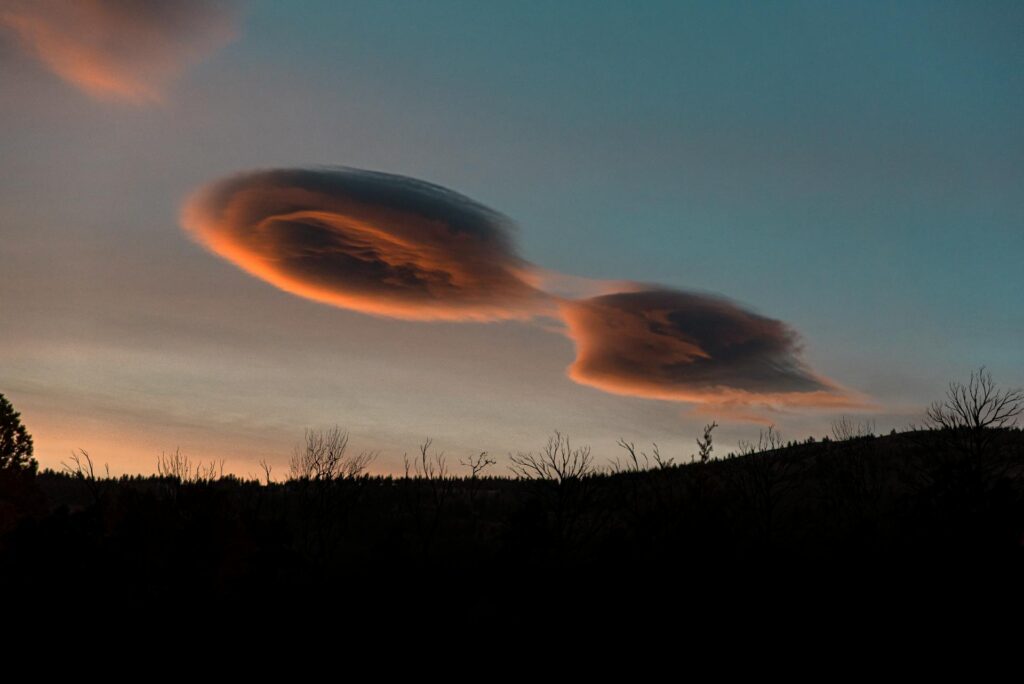
Lenticular clouds are lens-shaped formations that often develop over mountain ranges or hilly areas. Their smooth, saucer-like appearance has frequently led to reports of UFO sightings. These stationary clouds form when moist air flows over mountains, creating a series of oscillating waves that condense into the distinctive shapes.
2. Ball Lightning: Mysterious Glowing Orbs

Ball lightning is a rare electrical phenomenon where luminous, spherical objects appear during thunderstorms. These glowing orbs can float and move unpredictably, leading observers to believe they’ve witnessed alien spacecraft. Despite extensive study, ball lightning remains not fully understood, contributing to its mystique.
3. Sprites: High-Altitude Lightning
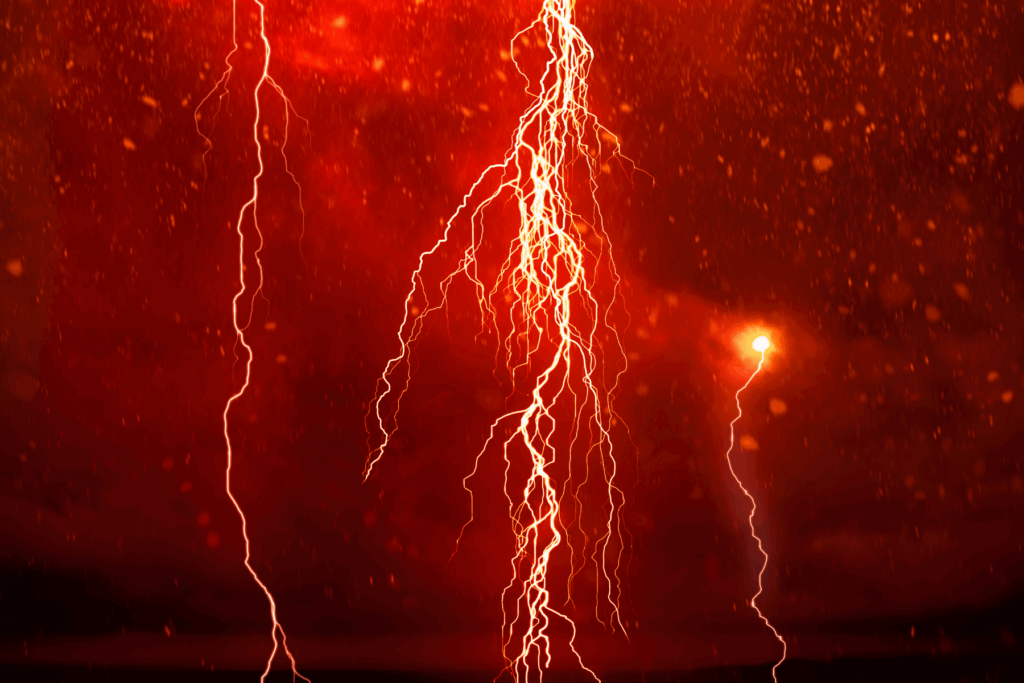
Sprites are large-scale electrical discharges that occur high above thunderstorm clouds, appearing as fleeting, reddish flashes. Their sudden and ethereal nature has caused some to mistake them for extraterrestrial signals. Sprites are part of a group of phenomena known as transient luminous events.
4. Green Fireballs Streaking Across the Sky

In the late 1940s, numerous sightings of green fireballs were reported, particularly in the southwestern United States. These luminous objects were later identified as meteors with high copper content, burning green upon atmospheric entry. Their unexpected color and frequency led to widespread speculation about UFOs.
Read More: 10 Coldest Places on Earth That Are Actually Inhabited
5. Earthquake Lights: Glows Preceding Seismic Activity

Earthquake lights are luminous phenomena that occur before or during seismic events. These lights can appear as bluish or whitish glows, balls of light, or sheet lightning. Their association with tectonic activity and unpredictable appearance has led some to interpret them as signs of alien presence.
Read More: Top 15 Wild Effects Volcanic Eruptions Have on the Planet
6. Noctilucent Clouds: Night-Shining Spectacles
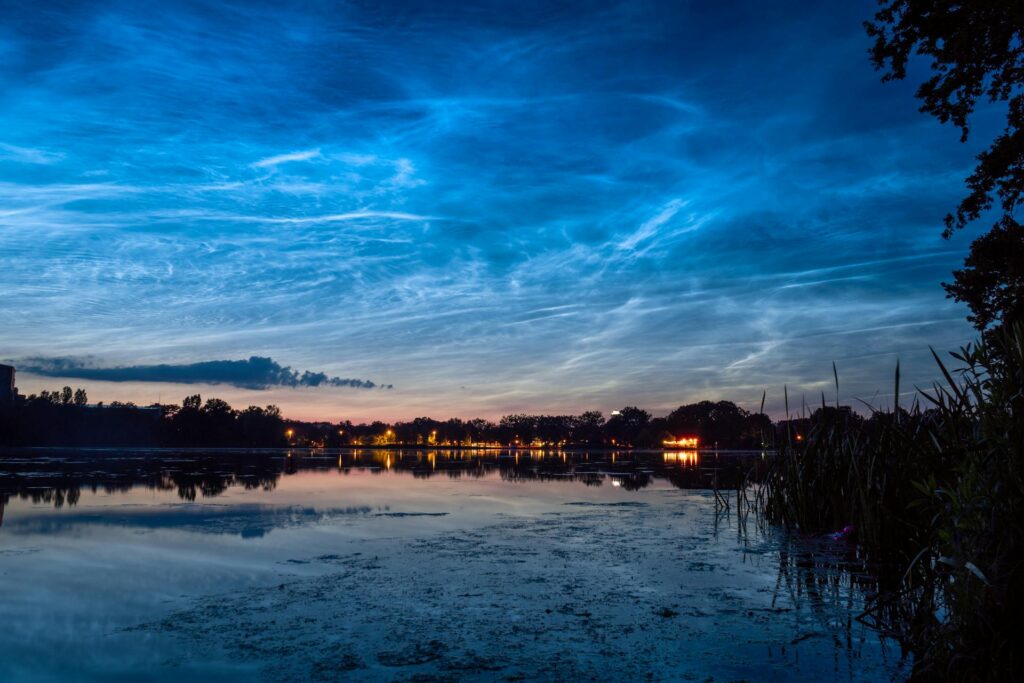
Noctilucent clouds form at extremely high altitudes and are illuminated by the sun when it is below the horizon, causing them to glow in the night sky. Their eerie, shining appearance has led to misidentifications as UFOs, especially in regions where they are rarely observed.
7. Weather Balloons Reflecting Sunlight
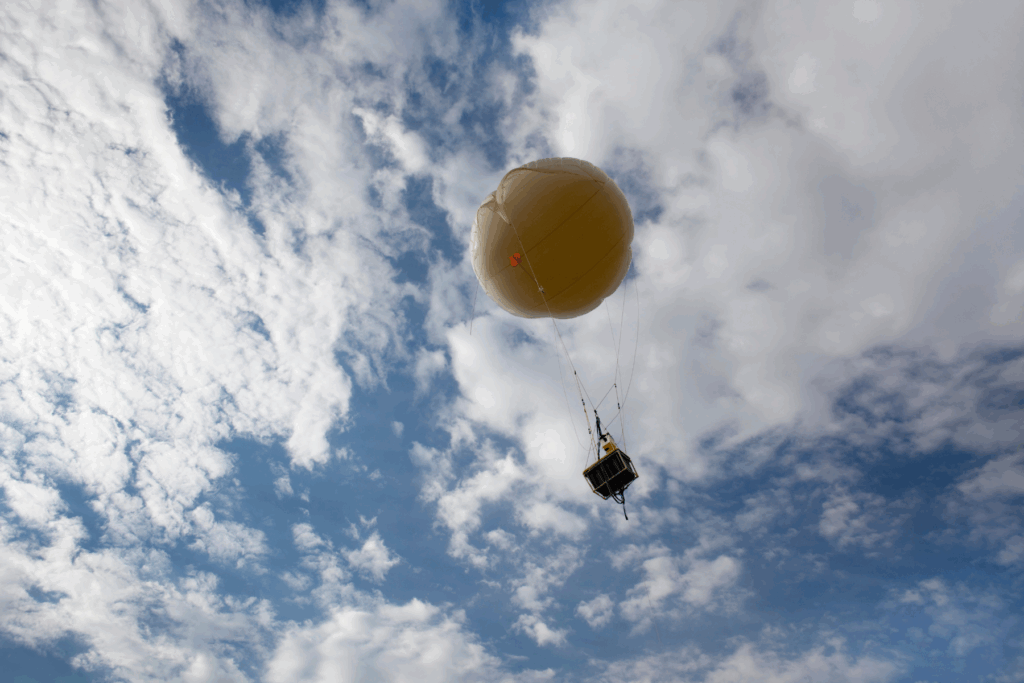
Weather balloons, used for atmospheric data collection, can reflect sunlight in unexpected ways, especially during sunrise or sunset. Their sudden appearance and movement with wind currents have caused observers to report them as unidentified flying objects.
8. Light Pillars: Vertical Beams in the Sky

Light pillars occur when light reflects off ice crystals suspended in the atmosphere, creating vertical beams that extend above or below a light source. These striking displays can resemble alien beams or spacecraft activity to the untrained eye.
9. Sundogs: Bright Spots Flanking the Sun

Sundogs are bright spots that appear on either side of the sun, caused by the refraction of sunlight through ice crystals in the atmosphere. Their sudden appearance and symmetry can lead to misinterpretations as otherworldly phenomena.
10. Rocket Launches Creating Luminous Trails
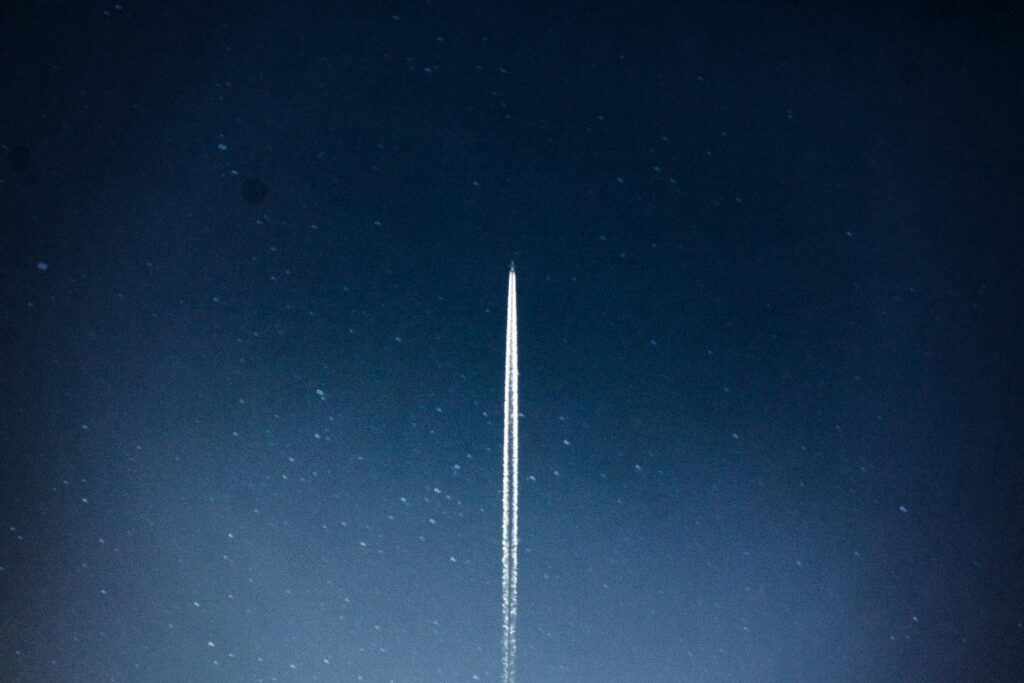
Rocket launches, especially during twilight, can create spectacular luminous trails and clouds as exhaust particles reflect sunlight. These visual effects have been mistaken for alien spacecraft entering or leaving Earth’s atmosphere.
These examples illustrate how natural atmospheric and astronomical phenomena can be misperceived as signs of extraterrestrial activity. Understanding the science behind these events helps demystify them and reduces misinterpretations.
Read More: 10 Places Where Earth Looks Like Another Planet

